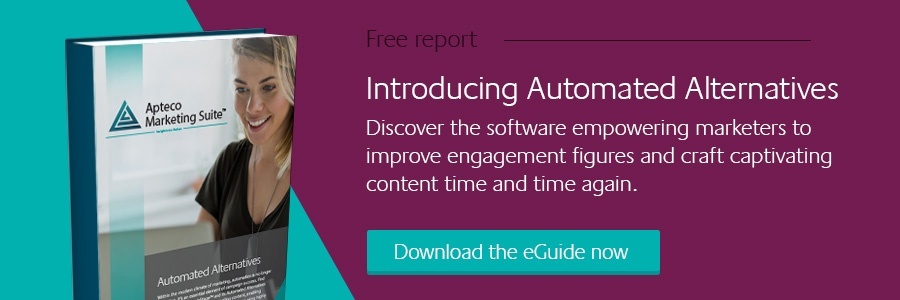Your Best Next Offer: Giving Customers What They Want Before They Ask
22 Nov 2016 | by James Alty
Discover how you can offer your customers what they want before they ask for it.
Go ahead, make my day
It’s a typical online experience: you view some content and the website recommends other content to you because “people who looked at that also looked at this”. In online retail these recommended products can then even pursue you through other websites using Adwords. In other sectors the recommendations might be more subtly emphasised, for example displaying the recommended articles nearer the top of the page.
The website is using a recommendation engine that has “learned” from the combination of products viewed or purchased by previous customers. This knowledge is then used to suggest the next product that you’ll be interested in assuming that you follow the pattern of the previous customers. This suggestion is your “Best Next Offer” and the technique for deriving it from prior transactions is often called “Collaborative Filtering”.
The Good, The Bad and The Ugly
Does this work? In my experience the recommendations are of variable quality. Sometimes the suggested book or music is of interest. The selection seems to be almost spookily insightful. In other cases the suggested products are just alternatives for the one I’ve just bought or narrowly avoided. And some sites have got the right data but are just not thinking about what they are doing. If I’ve just bought a new washing machine from you then please don’t stalk me with an offer for another model … or even the same one at a now reduced price.
Affinity And Beyond
What can we learn from recommendation engines? If we can extend these ideas we could provide an individualised Best Next Offer for a large set of customers and prospects. The Best Next Offer result could then be used to highlight the product(s) in an email, customised landing page or other form of marketing communication.
A FastStats system holds the transactional history of each customer. We can combine this information into an “Affinity Cube” highlighting the products that have been most frequently bought together across all customers. This forms the basis of our collaborative filter that is used to model the Best Next Offer for each customer based on their individual transactions.
In order to make good quality recommendations we will have to consider carefully how the mass of past transactions influence the model. We will also need to understand the limitations of the technique and how best to use the results.
Takeaways:
- Best next offer recommendations have to be carefully considered
- Bear in mind how past transactions influence your best next offer model
- FastStats enables you to understand customer behaviour and suggest best next offers


